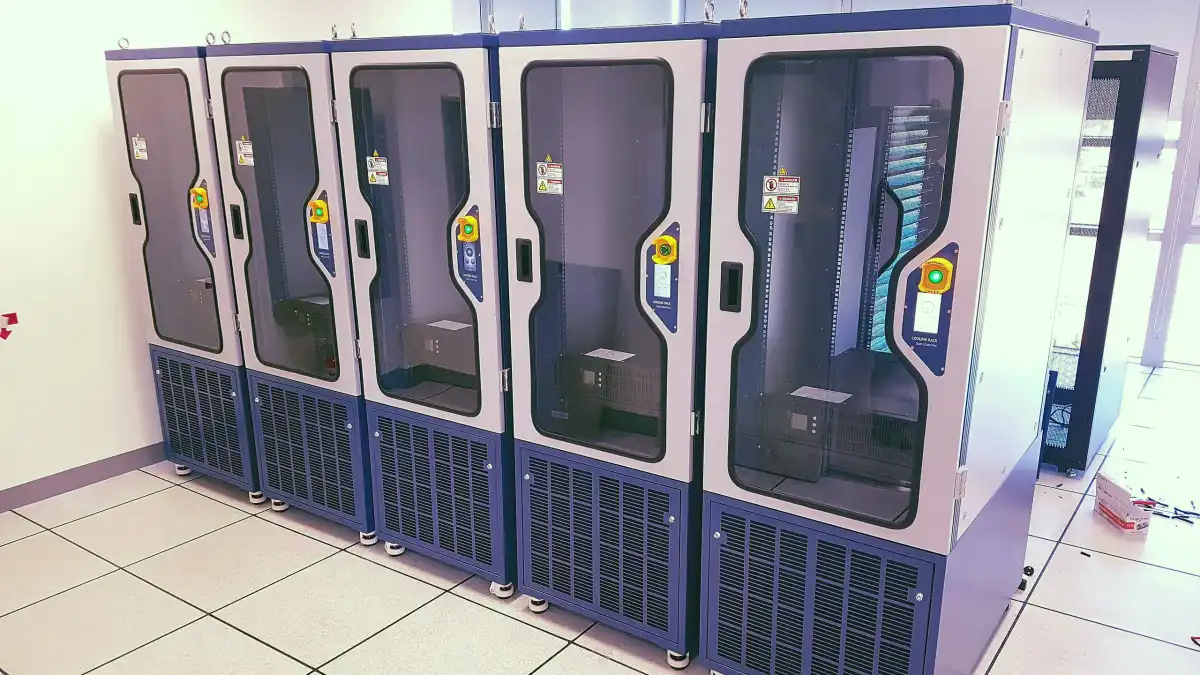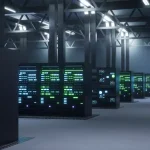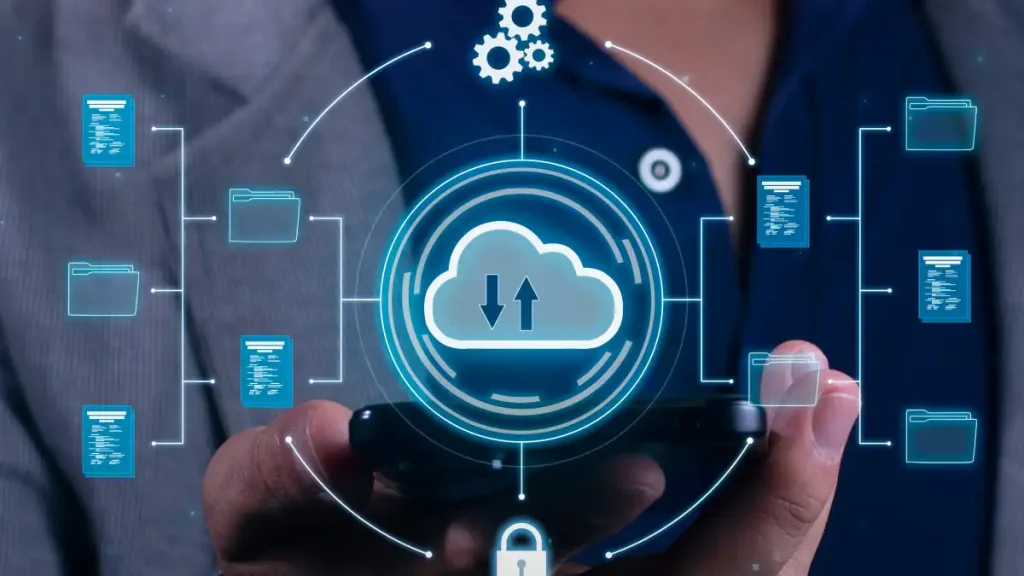The modern business world demands faster data processing, real-time analytics, and seamless connectivity. This growing need has driven the rise of edge computing—an architecture that brings computation and data storage closer to the data source. At the heart of this transformative shift are micro data centers, compact yet powerful solutions designed to support edge computing initiatives. In this article, we’ll explore the role of micro data centers in edge computing, emphasizing their value and benefits and explaining why Datacate’s data center is an ideal environment for deploying edge computing loads.

What Is Edge Computing?
Edge computing is a decentralized model where data processing occurs closer to the source of data generation, such as IoT devices, sensors, and local servers. Unlike traditional cloud computing, where data is sent to centralized data centers for processing, edge computing minimizes the distance data must travel. This results in reduced latency, improved speed, and enhanced reliability—critical factors for applications that require real-time responses, such as autonomous vehicles, smart cities, and industrial automation.
Enter Micro Data Centers
Micro data centers are self-contained, modular units with localized computing power, storage, and networking capabilities. Unlike traditional data centers that occupy expansive facilities, micro data centers are compact enough to be deployed virtually anywhere. Despite their small footprint, they pack a robust technological punch, supporting the computational demands of edge applications.
The Value of Micro Data Centers in Edge Computing
1. Reduced Latency
Latency—the delay between data transmission and response—can be a critical bottleneck, especially for real-time applications. Micro data centers process data locally, significantly reducing the time it takes for information to travel back and forth. This is vital for industries like healthcare (telemedicine), finance (real-time trading), and manufacturing (automation control), where milliseconds can make a difference.
2. Improved Reliability and Resilience
Relying solely on centralized data centers can be risky when network outages or connectivity issues occur. Micro data centers operate independently or as part of a distributed network, ensuring continuous operations even if the central system experiences disruptions. This decentralized resilience is crucial for mission-critical applications that demand high availability.
3. Scalability and Flexibility
Micro data centers offer unparalleled scalability. Businesses can deploy additional units as needed, expanding their edge computing capabilities without the significant capital expenditure of building large-scale data centers. Their modular design also allows quick deployment and easy integration with existing IT infrastructure.
4. Enhanced Security
Data security is a top priority for businesses of all sizes. Micro data centers support localized data processing, reducing the risk of transmitting sensitive information over long distances. They also allow organizations to implement tailored security protocols for specific locations and regulatory requirements.
5. Cost Efficiency
While large data centers require significant investments in real estate, power, and cooling, micro data centers are more cost-effective to deploy and maintain. They consume less energy, require minimal physical space, and can be installed closer to the data source, reducing bandwidth costs associated with long-distance data transfers.
How Micro Data Centers Work with Edge Computing
Micro data centers are miniaturized versions of traditional data centers, equipped with servers, storage, networking equipment, and cooling systems—all within a compact, secure enclosure. They are strategically placed near data sources for real-time data processing, filtering, and analytics. Only essential information is sent to the central cloud or core data center, reducing data transfer loads and optimizing overall network performance.
For example, in a smart city environment, micro data centers can process traffic data locally to manage signals in real time, improving traffic flow and reducing congestion without relying on distant cloud servers. Similarly, they can handle point-of-sale transactions, customer analytics, and inventory management on-site in retail, enhancing operational efficiency.
Industries Benefiting from Micro Data Centers
- Healthcare: Supporting telemedicine, remote patient monitoring, and real-time diagnostic tools.
- Manufacturing: Enabling smart factories with real-time monitoring, automation, and predictive maintenance.
- Retail: Enhancing customer experiences through real-time analytics, personalized marketing, and efficient inventory management.
- Finance: Facilitating high-frequency trading and real-time fraud detection with ultra-low latency.
- Telecommunications: Supporting 5G networks with localized data processing for faster, more reliable services.
Datacate: The Ideal Partner for Edge Computing Deployments
Deploying edge computing solutions requires a robust infrastructure to support seamless integration, scalability, and security. Not every entity has the resources to build a fully self-contained micro-datacenter. Datacate’s data center services provide an alternative that perfectly suits businesses looking to enhance their edge computing capabilities.
At Datacate, we provide:
- Strategic Colocation Services: Flexible, secure environments for deploying micro data centers close to key markets.
- High-Availability Infrastructure: Redundant power, cooling, and network systems to ensure maximum uptime.
- Advanced Network Connectivity: Low-latency, high-speed connections to support real-time data processing.
- Scalable Solutions: Easily adaptable infrastructure to grow alongside your business needs.
- Expert Support: A team of IT professionals dedicated to optimizing your edge computing deployments.
Conclusion
As businesses embrace digital transformation, the demand for real-time data processing and low-latency applications will only grow. Micro data centers are pivotal in meeting these demands, providing localized computing power that enhances performance, reliability, and security – but they are not the only solution.
Datacate’s data center solutions are designed to support the dynamic needs of edge computing deployments. Whether expanding your IT infrastructure, optimizing for low-latency applications, or exploring new business opportunities, Datacate is here to help you confidently achieve your goals.
Contact us today to learn how we can support your edge computing initiatives and take your business to the next level.







